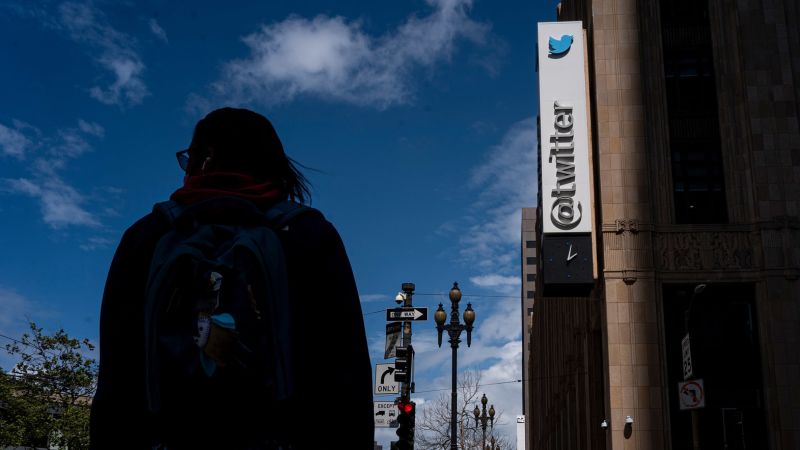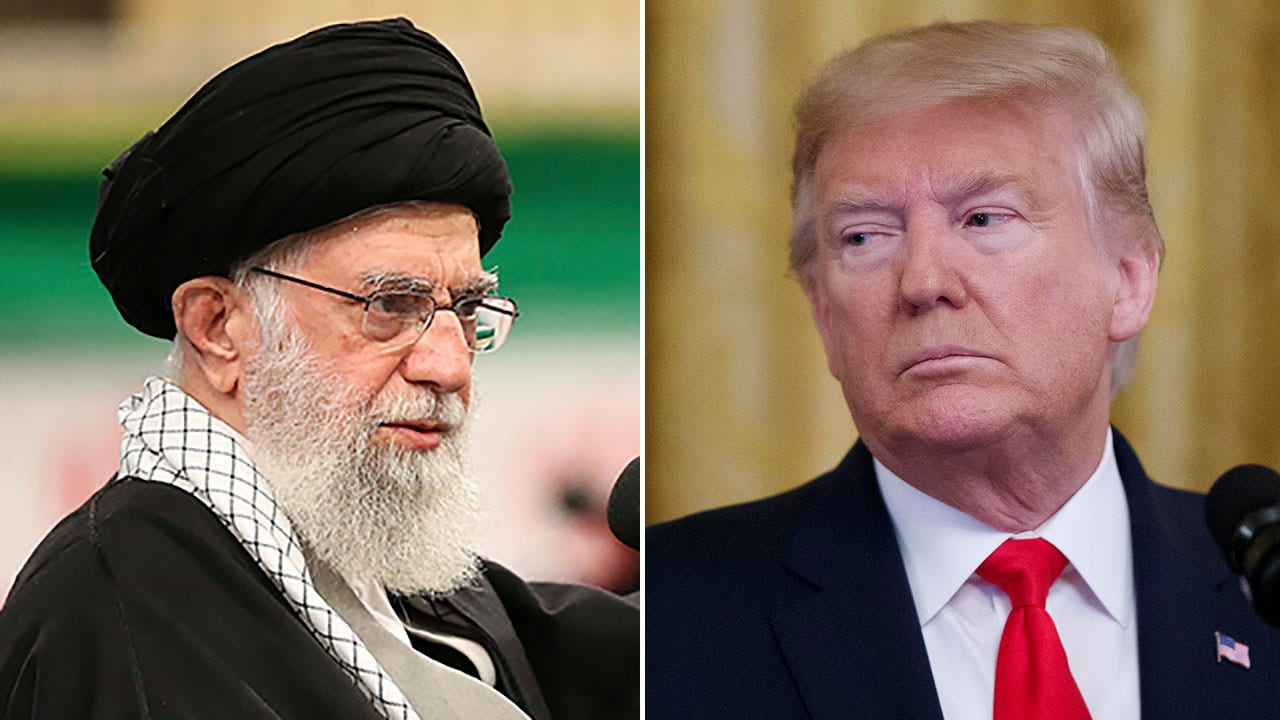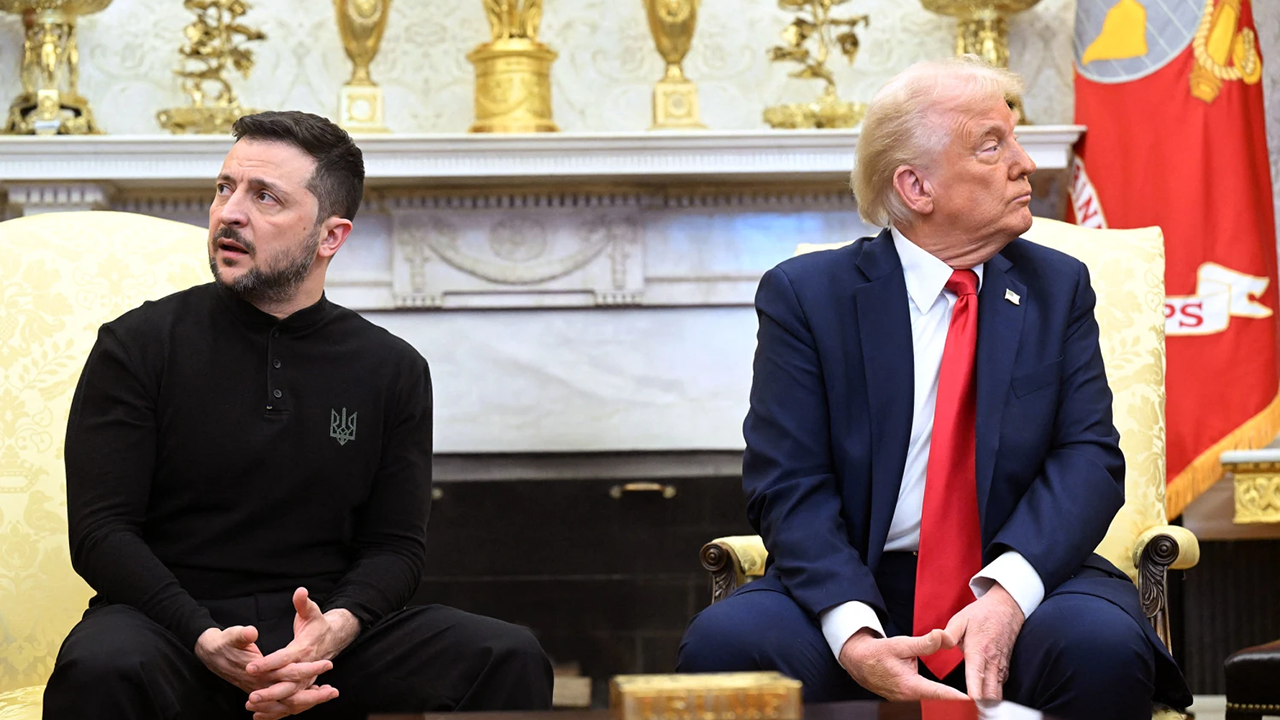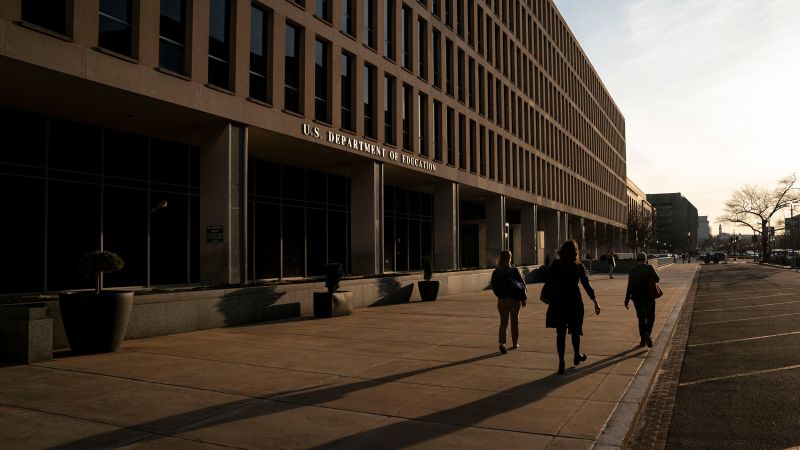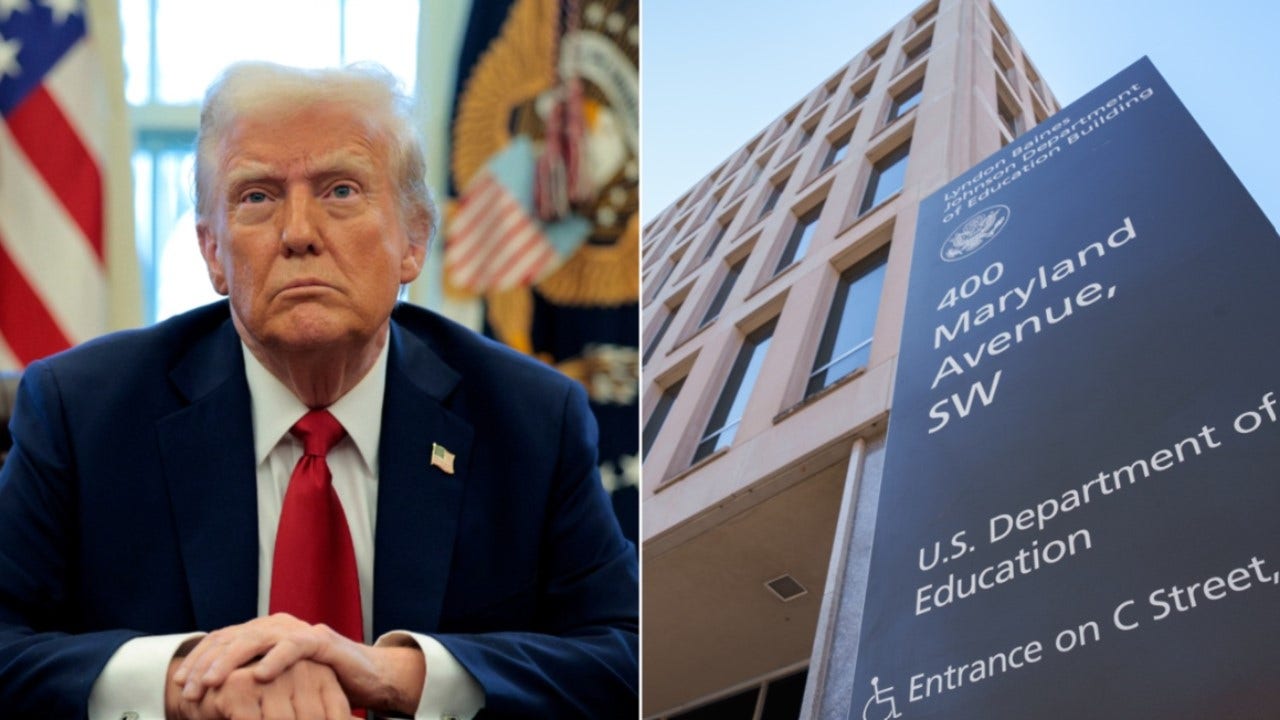T-day — or Tariff Day — is coming this week. Or not. We simply won’t know until it’s here, given that President Donald Trump changes his mind about policy daily. But assuming reciprocal tariffs do go into effect, it’s worth thinking about them as Trump himself probably does.
Economists might fret about their inflationary effects, but Trump isn’t motivated by classical economic theory. To the extent that he thinks about tariffs in purely economic terms at all, he would look at the evidence of the increased tariffs against China during his first term, between 2018 and 2019, and note that, even though these represented a material adjustment in rates, they had minimal inflationary effect.
As Stephen Miran, the chair of Trump’s Council of Economic Advisers, put it in his now infamous report “A User’s Guide to Restructuring the Global Trading System”, the result of these tariffs was that “the dollar rose by almost the same amount as the effective tariff rate, nullifying much of the macroeconomic impact but resulting in significant revenue. Because Chinese consumers’ purchasing power declined with their weakening currency, China effectively paid for the tariff revenue.”
Readers who want to understand America’s current tariff strategy would do better to think less about orthodox economics, and more about the realpolitik that motivates Trump. There are three points to consider here.
Trump’s realpolitik rule number one is that burden sharing between America and the rest of the world must shift. We already know about this in terms of the US push for more European defence spending. But when it comes to tariffs, there are only three numbers that matter to Trump: the average US tariff rate on other countries is 3 per cent; Europe’s is 5 per cent; and China’s is 10 per cent. To him, and to many Americans, those figures seem fundamentally unfair. If the president can move those averages closer together within four years without any major inflationary impact or a market crash, that will represent success to him, and to many voters.
Realpolitik rule two is that China is the most critical geostrategic threat to the US and must be countered by any means necessary. Trade deficits between the two countries matter to Trump, but so does security. This is the reason that he is pursuing decoupling in areas such as ships, technology, critical minerals and energy, creating separate nodes of production and consumption globally for security reasons. It is all about being able to project power and strength, which are the things — aside from wealth — that motivate him.
There are certainly exceptions to this. For example, it doesn’t make a whole lot of sense to allow American financiers to pay for the rebuilding of the Nord Stream 2 pipeline to carry Russian gas into Europe (not that many Europeans would trust Vladimir Putin with their energy security anyway), given the tight relationship between Russia and China. It’s much smarter to use cheap US natural resources as a bargaining chip in trade negotiations with Europeans. These are the sorts of head-scratching Trumpian decisions that bolster the idea that his only real north star is commerce and short-term transactionalism.
Still, supply-chain independence from China is a stated goal for the administration, not only for reasons of trade but for security. If you don’t have independent supply chains to produce crucial goods, you don’t have national security. Or, as Trump has said, “if you don’t have steel, you don’t have a country.” The US doesn’t even want to count unequivocally on allies that have significant trade relationships with China, as Europe does (China is the EU’s largest import partner, and trade dependency between the two regions has increased in recent years), because the administration doesn’t believe it will be able to trust them given their economic dependence on Beijing.
Finally, realpolitik rule three is that the Trump administration views the dollar as both an exorbitant privilege, as then French finance minister Valéry Giscard d’Estaing put it in the 1960s, and an exorbitant burden. The emphasis right now is on the latter.
The possibility of a “Mar-a-Lago” accord to weaken the dollar is roughly based on Ronald Reagan’s 1985 Plaza Accord, which did the same thing relative to European and Japanese currencies. In both cases, the goal was to make US exports more competitive.
While many people believe Trump would never do anything to destabilise the dollar and thus potentially endanger the US stock market, it’s worth bearing in mind that his re-election is no longer on the table. Share prices undoubtedly matter to him, but legacy probably matters more. Being the president who ended the Bretton Woods era would be quite the legacy.
Consider too that the dollar must weaken to support re-industrialisation, which is crucial to realpolitik rule number two. This is also an echo of the Reagan era, another period in which realpolitik mattered as much as economics.
Reagan was a free trader, but also a defence hawk. He worried about US exports and supply chain security; indeed, his deputy US trade representative Robert Lighthizer, who was later Trump’s USTR, put pressure on the Japanese to limit exports of steel, cars and other goods in part for this reason.
Realpolitik is practical, not moral or ideological. If Trump thinks tariffs will help him, he won’t care who they’ll hurt.
rana.foroohar@ft.com

